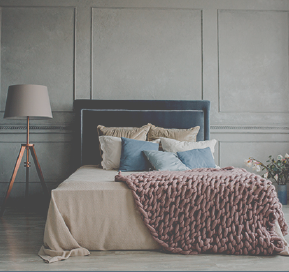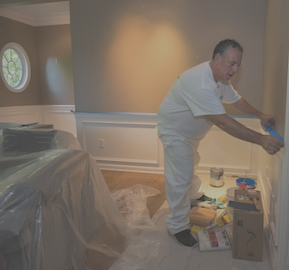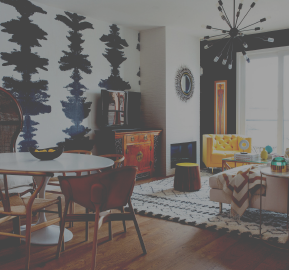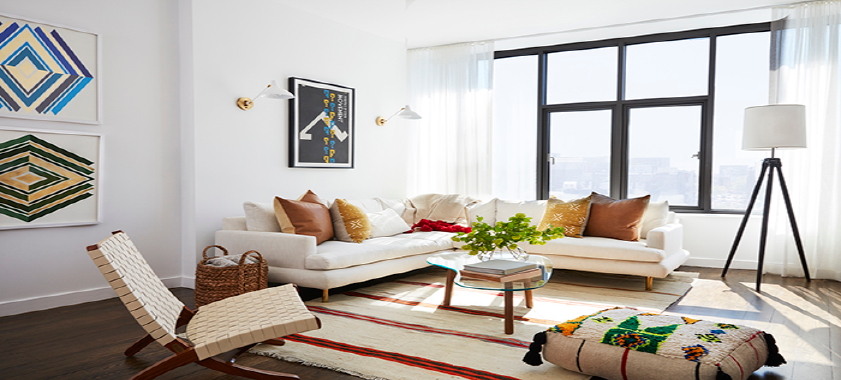What Is An Ideal Painting Temperature?
Paint can be temperamental when it comes to temperature. If you’re looking to paint your home in warm weather, it’s necessary to understand the temperature’s impact on paint, both for interior painting and exterior painting.
Interior Painting Tips for Hot Weather
If you can, try to paint the wall in the early morning, so it has plenty of time to dry before the temperatures soar, or paint it in the first part of the summer, when temperatures have not yet reached the boiling point.
As a general rule, summer is a fabulous time to paint interior walls. In addition to being dryer and warm enough to dry the paint quickly, pleasant summer temperatures allow you to open interior windows to “air out” the recently painted room. This cuts down on bothersome paint odors and can even help your paint dry faster than normal.
If you’re considering painting a wall in the summer, one decision you’ll have to make is what color the wall will be. To create a cool, tranquil place that resists the summer heat (ideal for a bedroom, bathroom, reading room, or child’s room), opt for a cool gray or a soothing mocha.
Bring the outside in and create a light, reflective space that feels vibrant and alive, go for a neutral shade in a friendly cream or off-white. Regardless of what color you choose, be sure that you purchase the right type of paint for your walls and purposes. If you doubt what those may be, the Paintzen professionals will be more than happy to help you learn.
Contact us today to get a free, accurate quote about the cost of your paint job or to speak with our professional painters about taking the work off your hands and completing the paint job for you.
Ideal Temperature for Exterior Painting
If you’re wondering what the perfect temperature for exterior painting is, you’ve come to the right place. Many people don’t consider temperature before they paint. Temperature can determine the success or failure of your paint job. Excessively cool temperatures can result in paint that doesn’t bind completely, creating a messy job and leading to peeling or cracking down the road.
On the other hand, temperatures that are too hot will cause the paint to dry prematurely. This prevents the paint from adhering to a surface properly, leading to a patchy, less than perfect job.
It’s wise to avoid painting in extreme temperatures. The optimal temperature for exterior painting always depends on the type of paint you’re using. If you’re using oil-based paints, our painting professionals recommend painting when the external temperature is ranging between 40 and 90 degrees Fahrenheit.
However, if you’re planning on using latex-based paint, you should paint when the temperature is sitting between 40-70 degrees. Painting in weather any warmer than that will result in a poor application.
Regardless of what type of paint you’re using, it’s wise to strategically plan your exterior painting job. For best results, plan your route around the house so that you’ll never have to paint in direct sunlight. Remember that the walls in direct sunlight will have a higher surface temperature than the air temperature. Plan your painting for areas that are in the shade or indirect light
If you have unanswered questions about your exterior paint job, contact us. We’re happy to recommend and provide you necessary supplies and information. We can send a paint crew out to take care of everything for you. Give us some details about your upcoming paint job, and we’ll give you an accurate quote to get you started.
NEED A LITTLE MORE INSPIRATION?





